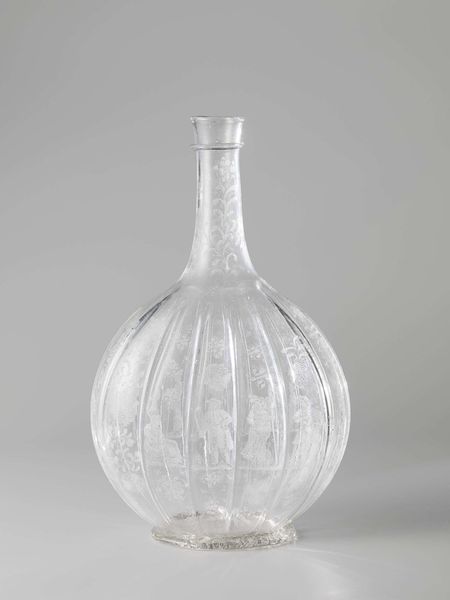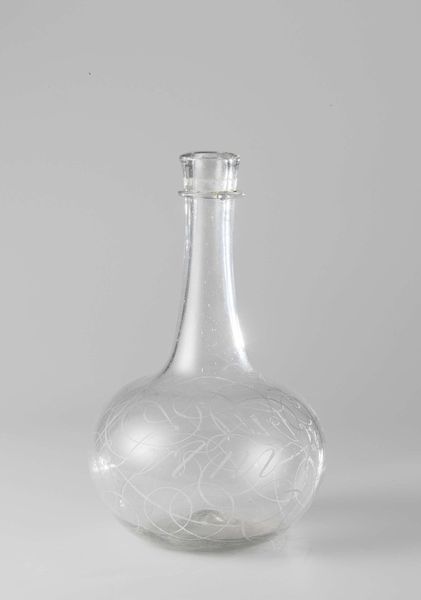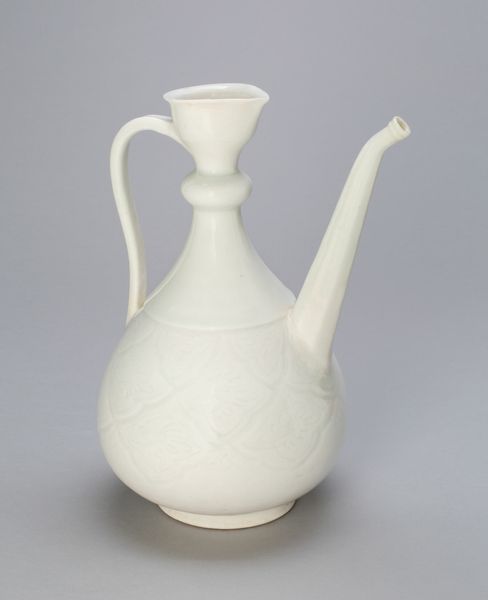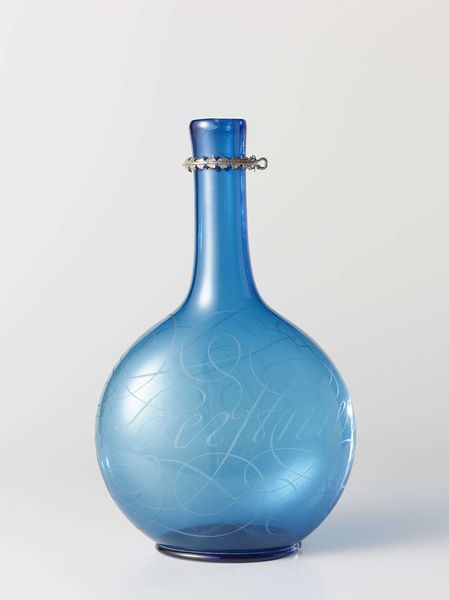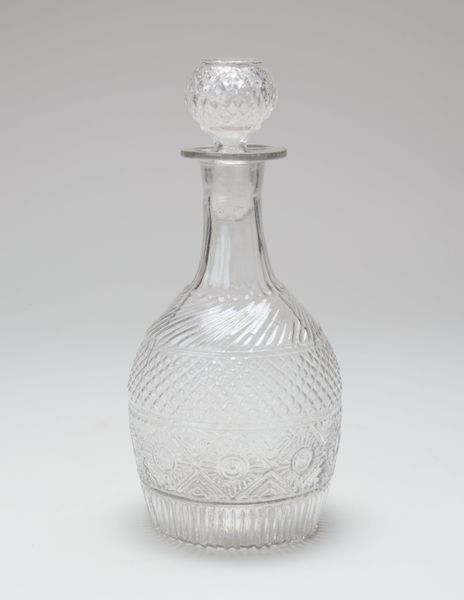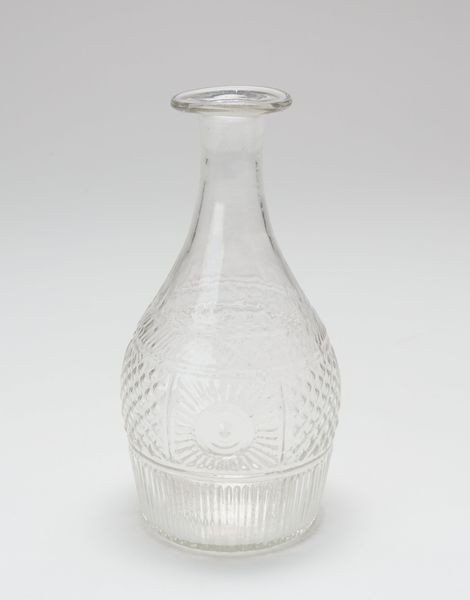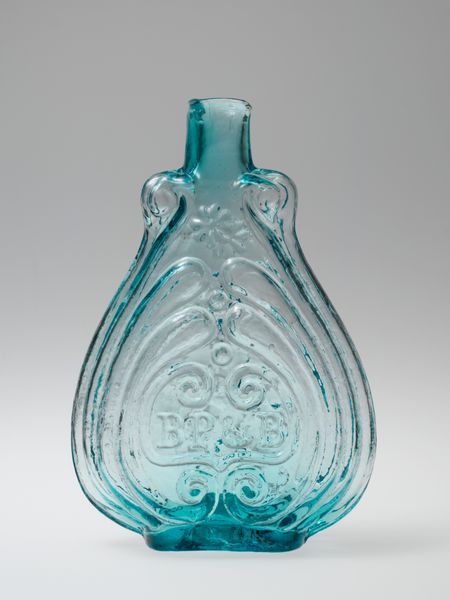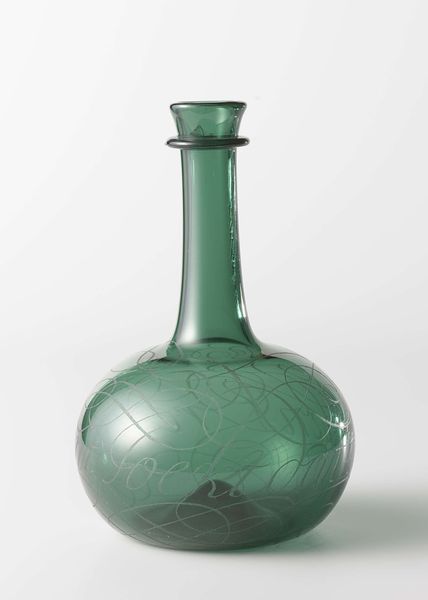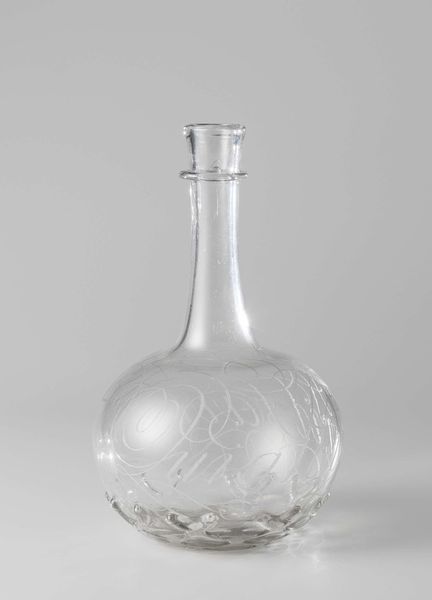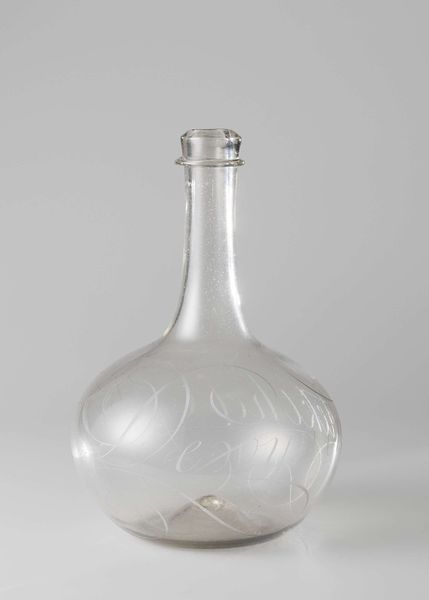
ceramic, glass
#
art-nouveau
#
ceramic
#
glass
#
stoneware
#
ceramic
#
decorative-art
Dimensions: height 19.2 cm, diameter 20.6 cm
Copyright: Rijks Museum: Open Domain
Curator: Lalique’s “Vaas ‘Gourdes’” crafted in 1914, immediately strikes me with its delicate frostiness. It’s as if it were pulled straight from a winter garden. What are your thoughts? Editor: Well, the gourd motif speaks directly to the decorative art style that dominated Lalique’s era, emphasizing the organic forms found in nature. These motifs served as an alternative visual system within an industrialized world. It is very accessible to an emerging middle class eager for luxury. Curator: I agree about that tension. From a purely aesthetic perspective, the contrast between the opaque gourds and the translucent background generates visual interest. There is play with positive and negative space and you get a real sense of volume and depth, despite its somewhat limited palette. Editor: Precisely! It is fascinating how Lalique transformed utilitarian objects such as a vase into coveted commodities during this period. Pieces like this speak to anxieties over food shortages during times of conflict and war; notice how heavy and pregnant these vessels look. Curator: Absolutely! This era saw a shift toward functional objects, especially tableware as a way for many to participate in high art. The almost ghostly forms seem to glow from within and they're so tactile—I wonder how the glazing enhances that sensory experience? Editor: The choice of glass as a medium reinforces a narrative around industrial production and technological advancement, appealing to a broad market concerned with modernization. These gourds serve a cultural role—bridging societal classes by aestheticizing forms linked both with food and a common history of survival and abundance. Curator: Interesting! All this to say that in some respects the visual vocabulary becomes universal, yet deeply contextualized within a moment in time. I find the interplay here fascinating. Editor: As do I. The ‘Vaas Gourdes’ becomes a compelling historical object by uniting materiality and historical sentiment.
Comments
No comments
Be the first to comment and join the conversation on the ultimate creative platform.
